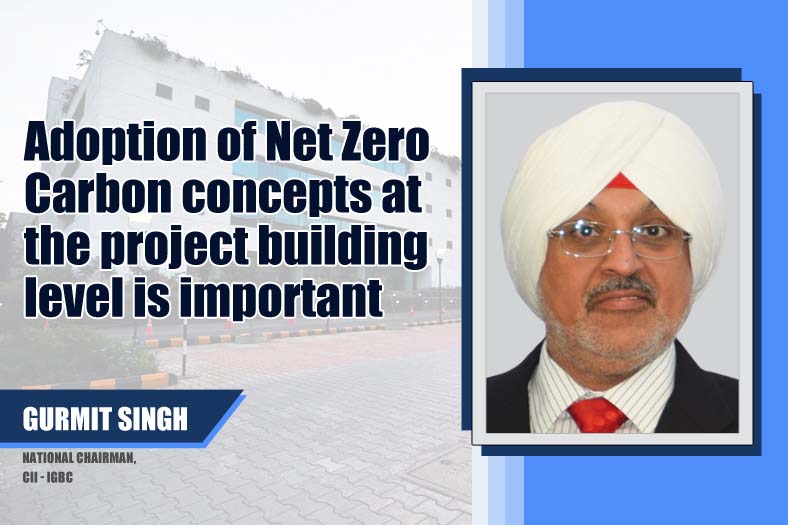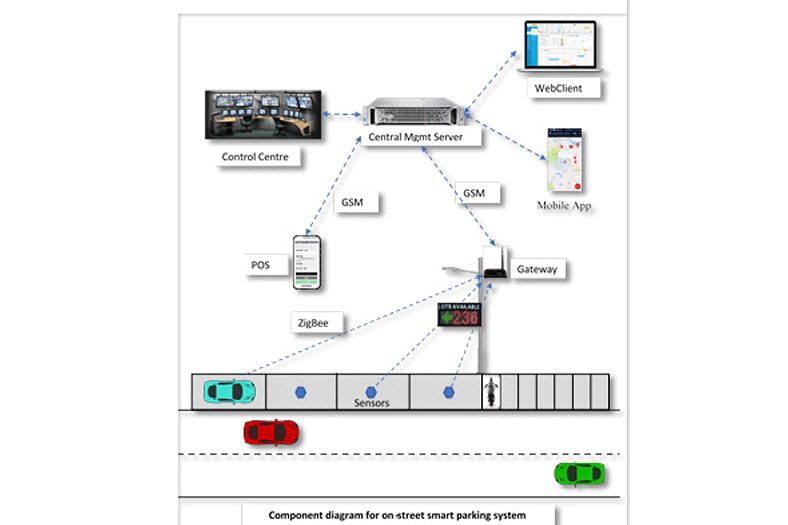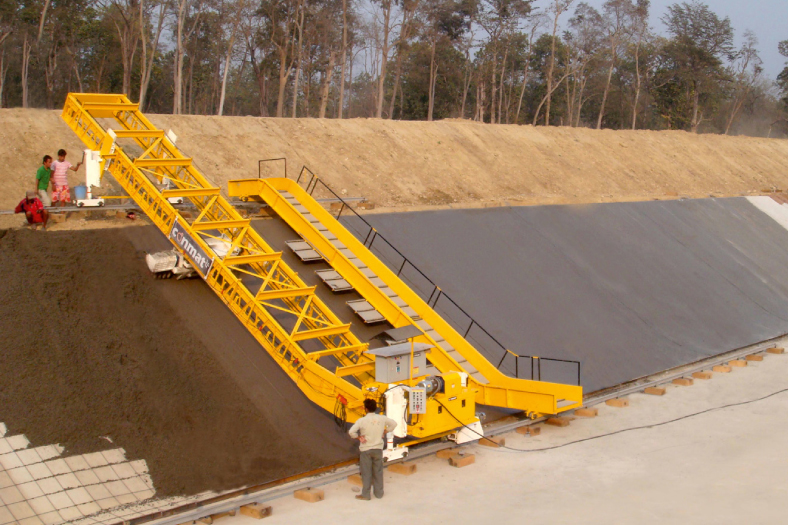Construction chemicals: growth prospects, strategic imperatives [June 2013]
Construction chemicals: growth prospects, strategic imperatives
Indian construction chemical industry has grown at the rate of 15 per cent per annum. With increasing acceptability and promising end use market growth construction chemical industry is expected to grow at 15-17 per cent per annum. Low awareness amongst end users, absence of quality standards and a price sensitive fragmented market are key challenges. Industry players need to work on the right price value proposition, increase user awareness, and jointly convince Government to frame policies for harmonisation with international standards, write Manish Panchal and Charu KapoorKey trends and their impact on construction chemicalsConstruction chemicals industry is one of the fastest growing specialty chemicals segments. Currently, it is estimated to be approximately ` 3,000 crore in annual sales, growing at a rate of 15-17 per cent a year (Fig 1). Over the years, the government spend on infrastructure as percentage of GDP has been increasing. This has put construction chemicals industry on a high growth trajectory making it an attractive business to be in. This has led to several MNCs and Indian companies entering or planning to enter this business to augment their product portfolio and become a part of this fast-growing segment within specialty chemicals.
A key megatrend impacting the construction industry is the focus on sustainability. Increasing emphasis on energy conservation and sustainability in buildings will require construction chemicals companies to develop products to meet these needs. Government policies that promote the use of energy saving materials and environment friendly specialty chemicals will also benefit the suppliers. In such a scenario, demand for eco-friendly performance chemicals — such as waterborne coatings — is expected to rise.
Also, as the Indian construction industry evolves, quality will come into sharp focus. Currently, the focus is on improving the speed and quality of construction as urbanisation is rising and lack of space in major cities is pushing cities to grow vertically. This has also facilitated increased demand for higher priced, value-added products for decorative and structural applications.
A new trend is that the construction chemicals companies are focusing on logistics as a differentiator to make product delivery a part of their value proposition.
Key growth drivers The end-use market has promising growth prospects. The Indian construction industry is expected to grow by 1.9 times over the next 5 years. This growth will be driven by investments in the infrastructure sector, which are expected to almost double over the next 5 years. Hundred per cent FDI in real estate will also boost construction activities. Increasing urbanisation and rising aspirations of the large-middle income group are driving demand for residential real estate. Also, low current levels of penetration will act as a growth driver for the segment.
On the materials front, increasing acceptability of ready-mix concrete (RMC) is also leading to increased demand for construction chemicals. Currently, the use of RMC in construction is around 7 per cent of domestic cement demand. This is expected to rise to 20 to 25 per cent over the next few years.
Coatings and sealants are expected to remain the largest construction chemical segments. Demand will be driven by their established use in all major construction markets as well as by a shift toward higher priced, water-based products. Polymer flooring will be the fastest-growing construction chemical segment in coming years. This is mainly due to a lower base and increasing penetration of these products in high-end car park applications. Demand of caulks/adhesives and cement/asphalt additives will be primarily driven by improving standards in building construction markets.
Key challenges for the industryThe fragmented nature of the industry presents a challenge, as low entry barriers have led to high competition. However, this is likely to lead to a trend of consolidation and we see several acquisition opportunities for companies.
At the same time, the construction chemicals market in India is still underdeveloped when compared to other countries, such as China, which is much larger at nearly $7.9 billion. Consumer awareness is very low, regarding new chemical techniques and construction aids.
Price sensitivity of consumers is another key challenge for the market. Indian construction chemicals consumers are highly cost conscious and demand the best quality at very low prices.
However, they are still not fully aware of the benefits of various construction chemicals and hence tend to use low-cost substitutes. Decisions are taken based on immediate cost and not on overall cost of ownership or lifecycle cost basis.
Also, market participants are frequently challenged by the absence of quality standards for manufacture and application of construction chemicals which lead to price wars. The practice of employing unskilled workers in construction activity is still hampering the growth of the sector, as construction chemicals are sensitive products and their use requires basic technical expertise and training.
Critical success factorsThe three most critical success factors for the industry are the right price-value proposition, product innovation and customer education
Companies that manage to achieve the right price-value proposition are likely to capture a significant share of the market. Given the low awareness and price-sensitive nature of the market, it will be challenging to get consumers to accept more expensive products. Companies must focus on creating the right balance of functionality and affordability.
Offering products innovated for developed countries may not work in the Indian market. There is a need to innovate for Indian conditions and target prices. Companies must work in collaboration with consumers to develop innovative solutions suited to their specific requirements.
Effective marketing of products is essential to make users aware of their applications and benefits. Players could consider investing in programmes to educate construction contractors about the benefits of using superior construction chemicals, in terms of lower project completion time and ease of usage. Providing technical training to workers about appropriate usage of these chemicals in construction will ensure correct application and better results, reinforcing the customers’ belief in the utility of construction chemicals. It is imperative to maintain long-term relationships with customers and exert influence over channel partners to succeed in this industry.
Government’s roleGovernment must frame policies which encourage adoption of quality standards matching and harmonizing with international standards. This will help increase the current penetration levels of construction chemicals. For example, a complete ban on onsite mixing of concrete would reduce pollution levels and generate demand for ready-mix concrete admixtures. Industry players need to come together and support government to frame these policies. Government should change the current and prospective regulatory guidelines incentivizing energy-efficient and green buildings.
The Indian government and industry players need to partner and play an active role in ensuring availability of skilled workforce for the industry. There is a tremendous skill shortage requiring creation of adequate vocational training institutes. This will require the preparation of public-private partnerships to set appropriate institutes.
Conclusion The construction chemicals industry has evolved significantly in past decades with new and complex molecules, enhancing properties such as strength, reduced water requirement, increased resistance to abrasion and corrosion, etc.
Indian construction chemicals market has grown at 17 per cent per annum historically. While the growth rate is strong, the penetration level of construction chemicals is still very low in India as compared to other peer countries. This is primarily due to low awareness of products and their benefits for various applications by end users.
Going forward, the focus will have to be on the price to performance ratio and not price alone. Also, changing domestic regulations to comply with global standards will drive the use of construction chemicals toward international levels.
Cookie Consent
We use cookies to personalize your experience. By continuing to visit this website you agree to our Terms & Conditions, Privacy Policy and Cookie Policy.









